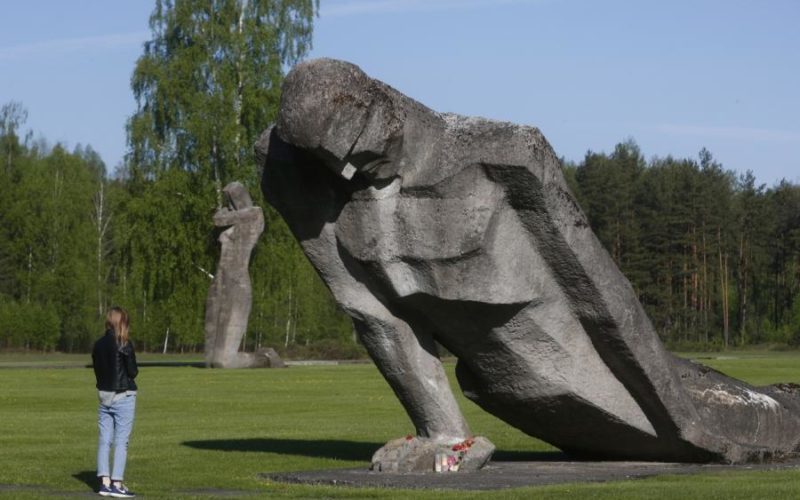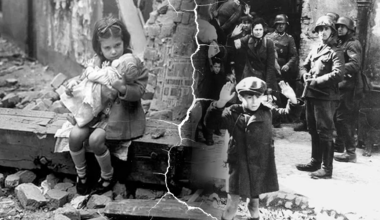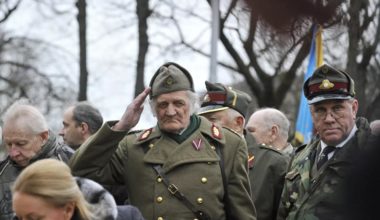In 2018, the Baltic states, Latvia, Lithuania and Estonia, celebrate one century of their statehood. In reality, the statehood of these states has not yet lasted that long. The countries emerged from the ruins of the Russian Empire, destroyed by World War One and the revolution, to lose their sovereignty after some twenty years, in 1940, to Soviet Union, in which they were included as ‘republics’. After the Soviet Union collapsed in the early 1990s, Latvia, Lithuania and Estonia regained their sovereignty and joined the UN.
Russian policymakers see Latvia, Lithuania and Estonia as newly emerged states that came to existence following the collapse of the Soviet Union, whereas the Baltic states believe their modern statehood to be identical to their pre-Soviet statehood. This very concept, introduced in terms of international law as the so-called continuity of state theory , is used to portray the Soviet era in those countries as the times of “Soviet occupation”, as well as, in their home policies, to legitimize local political elites and their grasp at political and economic power .
It is worth noting that the Baltic version of continuity-of-state theory differs from such long-standing concept of international law as state succession; Estonian lawyer Lauri Mälksoo used the Snow White metaphor to describe it, comparing the Baltic States to the fairy-tale character that took death from a poisonous fruit (in 1940) and came back to life long afterwards . The question for the countries is: what about the period between their death and resurrection?
The standard answer of the Baltic countries is well known: only the authorities of the states which were in control of the Baltics starting from 1940, the year they lost their independence, are responsible for all that happened then, i.e.: the Soviet Union (1940 till 1941); the Nazi Germany (1941 till 1944); and then again the Soviet Union (1944 till 1991).
However, what the governments of the Baltic nations do is not exactly what they declare. Riga, Vilnius and Tallinn, perhaps too explicitly, sympathize with pro-Nazi collaborators who fought against the Soviet Union on Hitler’s side. Despite the fact that those people were involved in major crimes and crimes against humanity (Holocaust, the siege of Leningrad, punitive actions in Belorussia, Russia and Ukraine), the Baltic governments celebrate them as their “national heroes”, protect them from prosecution and, as they say, “propagandist attacks” . Almost none of the local Nazi criminals have been brought to justice, but quite a lot have been commemorated. Sometimes Nazi victims’ relatives came across state-sponsored memorial plates devoted to the perpetrators of the crimes exactly where their families’ execution had taken place . At the same time, the victims of Nazis and their collaborators in the Baltic states face legal restrictions preventing them from getting back their property, taken away by Nazis and their collaborators .
This paper analyses the actions taken by the Baltic governments with regard to Nazi collaborators and their victims from the standpoint of the existing international law, as well as gives recommendations on how to correct the current state of affairs.
The authors of this report believe that justice for the victims of Nazi and collaborator crimes in the Baltic states can be obtained.
The following NGO participated in the preparation of the report:
- For Democracy and Human Rights Interregional Movement
- Russian Association for Baltic Studies;
- Historic Memory Foundation
- Foundation for the Support and Development of Jewish Culture, Traditions and Science
The Heritage of WWII in the Baltic States: Restoring Justice for Nazi Crime Victims. A Joint Report by Non-Governmental Organizations. Moscow, 2018.
The_Heritage

